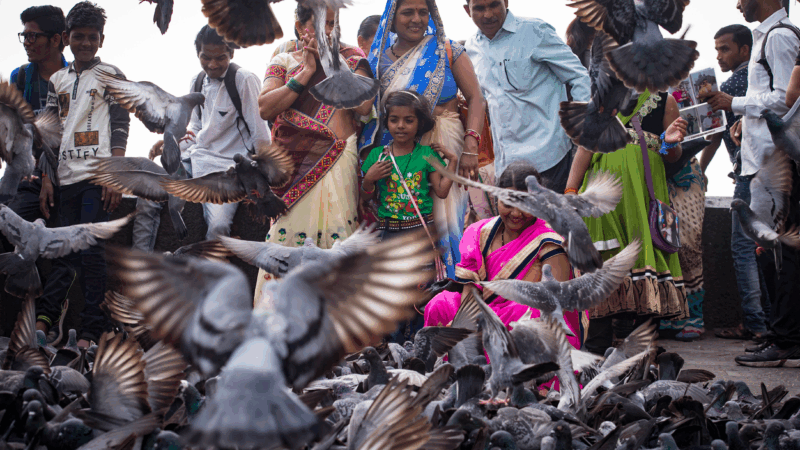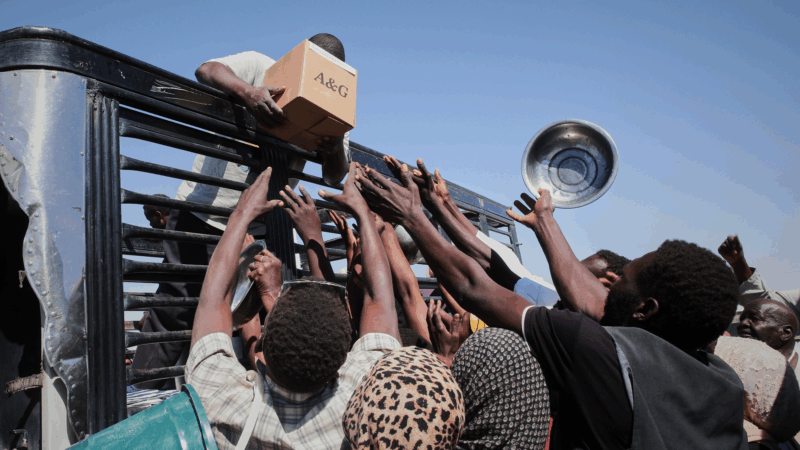Ask your kids’ camps these key questions about heat and flood safety, experts say
The deaths of at least 27 children and staff at Camp Mystic in Kerr County, Texas have some parents and guardians questioning the safety of summer camps, especially as global warming increases risks of extreme weather.
Part of summer camp’s allure is that children are outside in nature. But that can also raise the possibility of heat illness and risks from greater proximity to wildfire or flood-prone areas, says Tracey Gaslin, chief executive of the nonprofit Alliance for Camp Health in Kentucky.
Outside of regulations that apply to all businesses, there are no federal standards that are specific to camps, says Henry DeHart, interim chief executive of the American Camp Association (ACA). The ACA has a national accreditation program that includes some health and safety standards, but it’s voluntary and only about 12% of the country’s roughly 20,000 camps have participated, he says.
On the state level, DeHart says some state agencies conduct camp health and safety inspections. But oversight and protections vary considerably from state to state, and some states have very little regulation.
”There are a lot of states that have very little or no regulation related to camp,” DeHart says. “The regulatory framework is wide and varied and, in some places, it’s not very robust.”
Because of the gaps in the current regulatory framework, some experts on climate-related risks say parents and guardians should ask more detailed questions about campers’ safety. Chad Berginnis, the executive director of the Association of State Floodplain Managers, dropped off his 8-year-old daughter at Girl Scout Camp earlier this month, and realized he, too, had many more questions about his daughter’s camp’s flood precautions.
“Even as a floodplain manager,” he says, “I don’t think I even had appreciation for what, as a parent, I should be thinking about when sending kids to camp.”
Now, Berginnis has a list of points to cover. For parents or guardians sending children to any kind of camp, here are the top questions experts say you should be asking about increased risks of heat, wildfires and floods.

What is the camp doing to reduce risk of heat-related illness and death?
This question is important because heat-related illness and death are major and growing risks in the U.S. —and that threat is often underestimated.
Also, children and teenagers’ developing bodies aren’t as good at regulating their body temperatures as adult bodies, says Rupa Basu, senior science advisor for the University of California, San Francisco Center for Climate Health and Equity. That makes them more at risk for heat illness, she says.
“I think that people don’t even think of children often as being high risk populations,” Basu says. “ But they absolutely are.”
For these reasons, Gaslin at the Alliance for Camp Health thinks parents and guardians should be asking camps how they are thinking about heat and hydration. She suggests parents and guardians ask about how the camp’s physical site is designed.
“ Do you have things like shade structures? Misting systems?” Gaslin says. “A really solid infrastructure build is important.”
Gaslin also thinks parents and guardians should be asking about how “climate-aware” the campers’ schedules are. That can look like an activity in a cool location, then an activity outside in a warmer location, then back into the cool, she says. Also it’s important to ask about how frequently counselors are reminding campers to hydrate.
“It’s really about giving conscious thought to how do we manage that impact of heat,” she says. “ If we’re gonna be outdoors, guess what? Water activities are a great thing to do.”

What is the camp doing to reduce risks from flooding?
This question is key because many camps are located in flood-prone areas, Berginnis says.
He says – in many ways – that’s understandable. “To me, it makes logical sense that you’d have a lot of camps there because it has really interesting habitats. It has interesting animals and geology and everything, and kids can learn a lot there,” Berginnis says.
But he thinks parents and guardians need to know if their kids’ camp is in a floodplain, and what the camp is doing about it. Berginnis says adults can look up risks on this FEMA website. Parents and guardians can also plug in addresses to this database from First Street, a climate risk modeling company. If it’s a sleep-away camp, Berginnis says it’s important to ask where the kids’ sleeping quarters are located.
“If it’s an overnight camp, any kind of residential lodging overnight for the kids, if it’s in a floodway, that should be a huge red flag right there,” he says.
And he says parents and guardians should ask camps about things like flood sirens and specifics of emergency action plans.
“ I would be very blunt with a campground: I wanna know the procedure. If a flash flood warning is declared for the area, what does the camp do? What do the counselors do? So that they can talk it through with you,” he says in an email. “Do not be satisfied with a generic answer like ‘we have an emergency action plan’. Ask them about specific actions like is there anyone monitoring the weather at night? What are the designated evacuation areas? And if they cannot talk that through with you, again, I would say, that’s another red flag.”

What is the camp doing to reduce risks of wildfires and wildfire smoke?
As with flood risks, parents and guardians should be asking about emergency action plans and preparedness for wildfire and smoke, Gaslin says.
“Parents can ask camps, do they monitor air quality?” she says, “What’s their evacuation plan? How are they gonna communicate with families? So families are gonna be able to say, in a moment of crisis, I wanna be able to communicate with you in some way.”
Gaslin says it’s important to make sure that all camp emergency action plans are regularly updated and reviewed by local emergency partners, including emergency medical staff.
Gaslin says parents and guardians should make sure there are always staff monitoring the weather, and at sleepaway camps there should be a solid communication system so at night, individuals are alerted to environmental changes or concerns. That means at least some staff with cell phones and radios at all hours, to monitor for wildfire risk, flash floods, or any other hazards.
Light from satellites will ruin majority of some space telescope images, study says
Astronomers have long been concerned about reflections from satellites showing up in images taken by telescopes and other scientific instruments.
Defense Department is reviewing boat strike video for possible release, Hegseth says
In a speech on Saturday, Defense Secretary Pete Hegseth defended the strikes, saying: "President Trump can and will take decisive military action as he sees fit to defend our nation's interests."
Bama, Miami in, Notre Dame out and Indiana No. 1 in College Football Playoff rankings
Nobody paying attention for the past 24 months would be surprised to see Indiana – yes, Indiana – leading the way into this year's College Football Playoff.
McLaren’s Lando Norris wins first F1 title at season-ending Abu Dhabi Grand Prix
Red Bull driver and defending champion Max Verstappen won the race with Norris placing third, which allowed Norris to finish two points ahead of Verstappen in the season-long standings.
A ban on feeding pigeons ruffles lots of feathers in Mumbai
The pigeon population has exploded — a result of people feeding the birds. For some it's a holy duty and a way to connect to nature. Critics point to health risks tied to exposure to pigeon droppings.
UN humanitarian chief: world needs to ‘wake up’ and help stop violence in Sudan
The UN's top humanitarian and emergency relief official has told NPR that the lack of attention from world leaders to the war in Sudan is the "billion dollar question".








